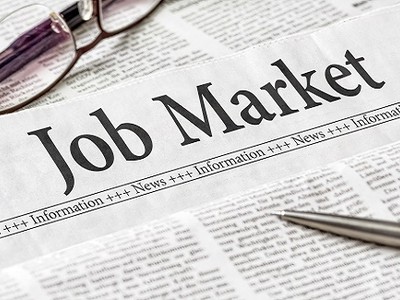Our last economic update was full of global doom; the Saudis were at the Iranians; Russia had yet to withdraw from Syria; the refugee crisis was dominating headlines creating fears of right wing backlash; oil and commodities were crashing in price; people were worried that China was heading for a slow-down; Sovereign Wealth Funds were rumoured to be liquidating positions to provide a cash cushion for lower mineral and oil prices; England was flooding under a deluge of stormy rain.
Spring somehow seems brighter. The world seems a less worried place and focus has returned to the core economic debate of where low or negative interest rates take the economy; with the exception of Brexit of course.
The betting odds on Brexit suggest that there is a 67% chance that we get a “Britin” result. My experience of these things is that the predictive ability of betting outshines the polls.
So that leaves us pondering the effect of low interest rates.
My central thesis follows. Way back in 2008 we had collectively borrowed too much. The deflationary cycle that usually follows excessive borrowing was avoided by low interest rates and QE effectively stopping people and businesses going bust by allowing them to borrow more and more cash at close to zero interest rates.
The effect of loose monetary policy or ZIRP (“Zero Interest Rate Policy”), was to avoid the sudden, pronounced and extremely painful deflationary collapse that would have otherwise been inevitable.
Let’s award that deflationary outcome (that we avoided) 100 points of pain. The effect of ZIRP has been to spread that 100 points of pain out over time; but with some kind of interest rate on the pain. ZIRP was not a “Get out of Jail” card, it was and is a d elaying exercise. The 100 points of pain (plus interest) will manifest itself by way of low and slow growth for an extended period of time.
This is why ZIRP drives slow growth. ZIRP means that investments don’t yield as much so you have to save more to compensate which diverts spending to saving which lowers growth. ZIRP hits bank margins because the banks need a deposit/lending spread of 4% to flourish. With interest rates at zero they lend at 2% but can’t pass on a negative 2% to their depositors; so their margin becomes 2% which is not enough for them to flourish so they cease lending and this hurts growth.
Zombie companies created in the pre-2008 bull market and which should have gone bust in a deflationary spiral, persist. They block markets and consume capital and labour in a way that hinders entrepreneurial activity; and that hinders growth. Zombie companies are so called because they don’t make a profit. If you run a zombie company and demand increases you just employ another worker rather than invest in productivity because there is no point in investing in a business that does not make a profit. This explains the low productivity growth and low unemployment conundrum.
I can’t predict for how long the low and slow “cost” will persist but I get the feeling that the 100 points of pain that were avoided by ZIRP have not yet been fully repaid.
Some of this reasoning comes from the fact that there don’t appear to be many good alternatives to ZIRP.
Central Banks know that exiting ZIRP with higher rates drives your currency higher and hits your economy; so Central Banks are dis-incentivised to raise rates. As ZIRP persists, retail borrowers take on more debt; because they can. They become wedded to low interest rates and potentially suffer horribly with higher rates; which deters Central Bank s from raising rates.
George Osborne had a go at the zombie companies by forcing wage inflation through with a higher minimum wage. Either the zombie goes bust or is forced to invest in productivity.
So the outlook, as far as I am concerned, is low and slow. There will be some uptick in inflation as the oil and commodity price declines come out of the calculation. But that just takes inflation back to the 1.5% level. We could surprise on the upside and see a shock inflation number printed, but I doubt it.
The net of all of this is that I don’t see a collapse in equity prices but at the same time I don’t see a roaring bull market either. The market may slowly adjust to slower growth with lower prices but this will be gradual, not pronounced and could well evolve into a long term trading range rather than a collapse. High growth companies will start discounting slower growth but the staples and defensives will hold their ground.
I still favour non-cyclical investments and have a preference for the BBB bond area. Bond holders take the cashflows from slow growth ahead of equity and at the same time leave less than expected for equity in a slow growth world. But with the prospects of inflation surprising on the upside and a possible interest rate hike, I would be more short-dated than long dated with my bonds; and favour index linked over conventionals.



